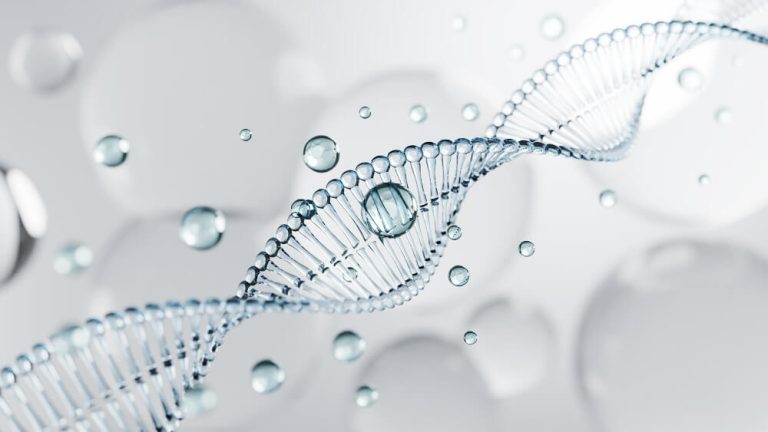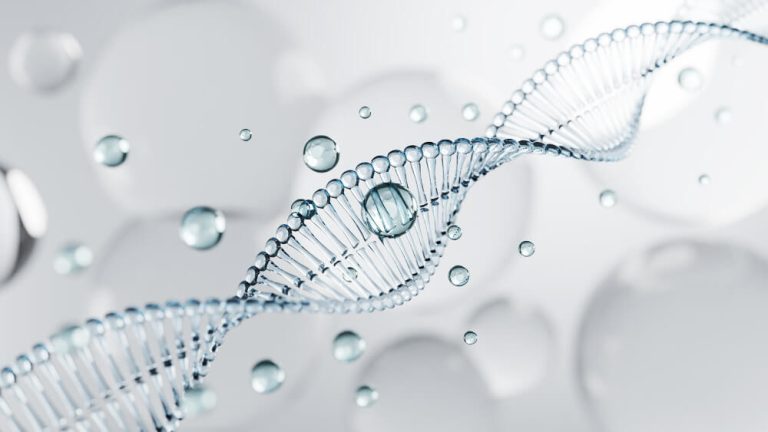The Future is Tiny: A Comprehensive Guide to Exosome Training
The world of medicine is on the brink of a monumental shift, driven by discoveries at the microscopic level. At the heart of this revolution are exosomes, tiny cellular messengers that are rewriting our understanding of healing, communication, and regeneration. As these powerful vesicles move from the research lab to the clinical setting, they bring with them incredible promise for treating a wide range of conditions, from signs of aging to chronic injuries.
This burgeoning field of regenerative medicine, however, is not as simple as acquiring a new product. It demands a deep, nuanced understanding of cellular biology, application protocols, and patient safety. This is where dedicated Exosome training becomes not just beneficial, but absolutely essential for practitioners looking to lead the charge.
For healthcare professionals and clinic owners, embracing exosome therapy means committing to a higher standard of education. It involves learning the science behind how these vesicles work, the art of applying them effectively, and the ethics of offering these cutting-edge treatments. This guide will explore the fascinating world of exosomes and illuminate why specialized training is the non-negotiable foundation for success and safety in this exciting new frontier.
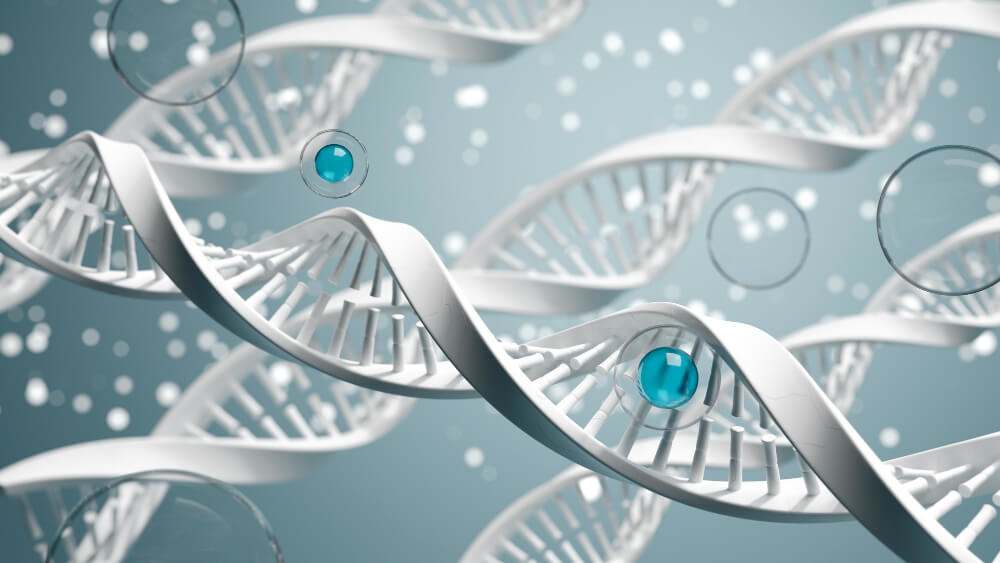
What Exactly Are Exosomes?
Imagine your body is a vast and bustling country. To keep everything running smoothly, you need a highly efficient postal service. Exosomes are that postal service. They are minuscule, naturally occurring vesicles, or tiny bubbles, released by almost all cells in the body. These are not cells themselves, but rather the packages sent between them.
These packages are far from empty. Each exosome is loaded with a specific cargo of proteins, lipids, and genetic material like messenger RNA (mRNA) and microRNA (miRNA). This cargo acts as a set of instructions, telling the recipient cell how to behave. It might tell a cell to repair itself, to reduce inflammation, or to produce more collagen.
Because they are so small, about 30 to 150 nanometers in diameter, they can travel easily throughout the body, crossing barriers that larger cells cannot. This ability to deliver targeted messages makes them incredibly powerful tools for orchestrating complex biological processes, most notably tissue repair and regeneration. Their discovery has opened up a new chapter in our understanding of intercellular communication.
This cell-free approach is a key differentiator from other regenerative treatments like stem cell therapy. Instead of introducing whole new cells, exosome therapy focuses on delivering the potent signaling molecules that direct the body’s own healing mechanisms. It is a more refined and targeted way to harness the power of regeneration.

Why Are Exosomes So Important in Medicine?
The significance of exosomes lies in their fundamental role as mediators of cell-to-cell communication. They are the language of the cells. By understanding and harnessing this language, we can influence cellular behavior to promote health and combat disease in ways we never thought possible.
One of their primary functions is in regeneration. When a tissue is injured, nearby cells release exosomes packed with healing instructions. These vesicles travel to the damaged area and instruct local cells to begin the repair process. They can help modulate the immune response, tamping down excessive inflammation that can hinder healing and cause chronic pain.
Furthermore, they encourage angiogenesis, the formation of new blood vessels, which is critical for supplying oxygen and nutrients to healing tissues. They also stimulate cells like fibroblasts to produce more collagen and elastin, the building blocks of healthy skin and connective tissue. This makes them a cornerstone of modern anti-aging and aesthetic medicine.
Beyond therapy, exosomes hold immense promise as diagnostic tools. Because they are released by all cells, including diseased ones, their contents can provide a real-time snapshot of a person’s health. A simple blood test could one day analyze the exosomal cargo to detect diseases like cancer or neurodegenerative disorders at their earliest stages, long before symptoms appear. For a deeper dive into their biological classification, you can explore the technical definition of an Exosome (vesicle).

What Are the Key Applications of Exosome Therapy?
The versatility of exosomes means their potential applications span a wide array of medical fields. As research accelerates, this list continues to grow, offering new hope for patients and new opportunities for clinicians. From cosmetic enhancements to managing chronic conditions, exosomes are proving to be a multifaceted therapeutic tool.
In aesthetics and dermatology, they are used to rejuvenate aging skin, improve skin texture and tone, and reduce the appearance of fine lines and wrinkles. When applied topically or injected, they signal the skin cells to ramp up production of collagen and elastin, leading to firmer, more youthful-looking skin. This regenerative capacity is a game-changer for non-invasive anti-aging treatments.
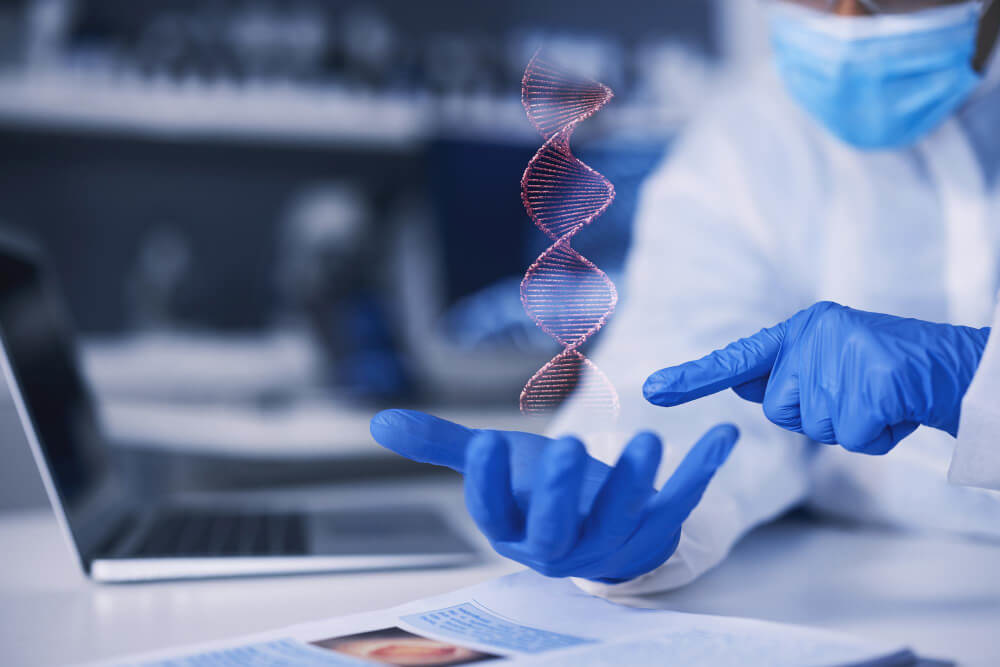
Can Exosomes Help with Skin Rejuvenation?
Absolutely. When it comes to skin, exosomes work by delivering growth factors and signaling molecules directly to the dermal layers. This process encourages the resident cells, like fibroblasts, to behave like younger, more active cells. The result is not just a superficial improvement but a genuine enhancement of skin health from within.
Treatments can help reduce scarring, minimize hyperpigmentation, and improve overall skin quality. For patients looking for natural-looking results without the downtime associated with more aggressive procedures, exosome therapy offers a compelling alternative. It helps the skin heal and rebuild itself, leading to a lasting and vibrant glow.

Can Exosomes Address Hair Loss?
Yes, this is one of the most exciting and rapidly growing applications. Androgenetic alopecia, or common pattern baldness, affects millions of men and women. Exosome therapy offers a promising, non-surgical approach to combatting this condition. When injected into the scalp, exosomes can awaken dormant hair follicles.
They deliver a potent cocktail of growth factors that can shift follicles from a resting phase to an active growth phase. This can result in increased hair density, thicker hair shafts, and a reduction in hair shedding. The protocol for using exosome therapy for hair loss requires specific knowledge of scalp anatomy and injection techniques to ensure the vesicles reach their intended target and deliver maximum benefit.

What About Orthopedic and Pain Management?
In orthopedics, exosomes are being used to treat joint pain, soft tissue injuries, and conditions like osteoarthritis. Their powerful anti-inflammatory properties can provide significant relief from pain and swelling. By injecting exosomes into an arthritic knee or an injured shoulder, clinicians can help modulate the local inflammatory response.
Beyond just managing symptoms, these vesicles promote actual tissue repair. They can encourage cartilage cells to regenerate and help heal damaged tendons and ligaments. For athletes and individuals suffering from chronic pain, this represents a shift from simply managing pain to actively healing the underlying injury, potentially delaying or even avoiding the need for surgery.

Are There Other Emerging Fields?
The exploration of exosome applications is just beginning. Researchers are investigating their potential in neurology to treat conditions like Parkinson’s and Alzheimer’s disease by delivering neuroprotective molecules across the blood-brain barrier. In cardiology, they are being studied for their ability to repair heart tissue after a heart attack.
Other areas of interest include autoimmune diseases, lung disorders, and even wound care for diabetic ulcers. As our ability to isolate, purify, and even engineer exosomes improves, their therapeutic potential will only continue to expand, solidifying their place as a pillar of future medical practice.

How Do Scientists Isolate and Analyze Exosomes?
The transition of exosomes from a scientific curiosity to a clinical tool depends entirely on our ability to work with them effectively. This requires sophisticated laboratory techniques to ensure the final product is pure, potent, and safe. The process is meticulous and is a critical component of any comprehensive training program.
First, exosomes must be sourced. They are typically derived from mesenchymal stem cells (MSCs) grown in a lab. These cells are known for being prolific producers of regenerative exosomes. The liquid media in which these cells are grown becomes rich with the exosomes they release.
Next comes the isolation and purification process. The most common method is differential ultracentrifugation, which involves spinning the cell culture media at incredibly high speeds. This process separates particles by size and density, allowing scientists to isolate the tiny exosomes from larger cells, debris, and other contaminants. Other techniques like size-exclusion chromatography are also used to achieve high levels of purity.
Once isolated, the exosomes must be characterized. This is a crucial quality control step. Advanced technologies are required to properly isolate and analyze exosomes, ensuring the purity and concentration of the product. This analysis confirms that the vesicles are the correct size and that the sample contains a high concentration of them. It also verifies the presence of key protein markers on their surface.
This rigorous scientific process is what separates a high-quality, clinical-grade product from an unverified one. The depth of research in this area is vast and constantly evolving. Leading scientific publications like Nature’s coverage on exosomes regularly feature groundbreaking studies in this area. There are even specialized scientific journals dedicated entirely to the complexities of these cellular messengers, highlighting the academic rigor underpinning the field.
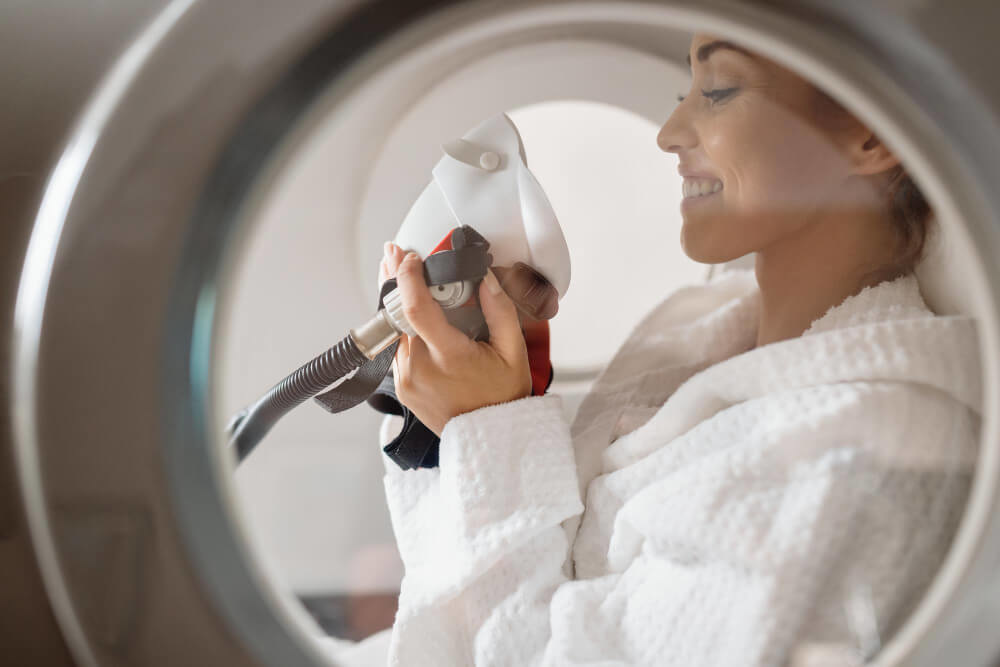
Why is Exosome Training Essential for Healthcare Professionals?
Given the complexity and novelty of exosome therapy, simply reading about it is not enough. Proper, in-depth training is not an option; it is an ethical and professional necessity for any healthcare provider who wishes to offer these treatments. The difference between a successful outcome and a potential complication often lies in the practitioner’s level of expertise.
First and foremost, training ensures patient safety. A trained professional understands the importance of sourcing high-quality, sterile, and well-characterized exosome products. They know how to handle and store these delicate biological materials correctly to maintain their viability. They are also trained in proper administration techniques, whether it be topical application, microneedling, or injection, to minimize risks and maximize efficacy.
Second, training provides a deep understanding of the science. This allows the practitioner to move beyond a one-size-fits-all approach. Comprehensive exosome therapy training for doctors covers everything from the basic science to advanced clinical applications. This knowledge empowers them to select the right patients for the therapy, set realistic expectations, and develop customized treatment plans based on the individual’s condition and goals.
Furthermore, the field of regenerative medicine is subject to an evolving regulatory landscape. A well-trained clinician is aware of the current guidelines and regulations governing the use of exosomes in their jurisdiction. This ensures the practice remains compliant and operates within the accepted standards of care, protecting both the patient and the practitioner.
Finally, the field is advancing at a breathtaking pace. What is considered state-of-the-art today may be outdated tomorrow. Ongoing education and training are crucial for staying abreast of the latest research, new applications, and refined protocols. A commitment to learning is a commitment to providing the best possible care.
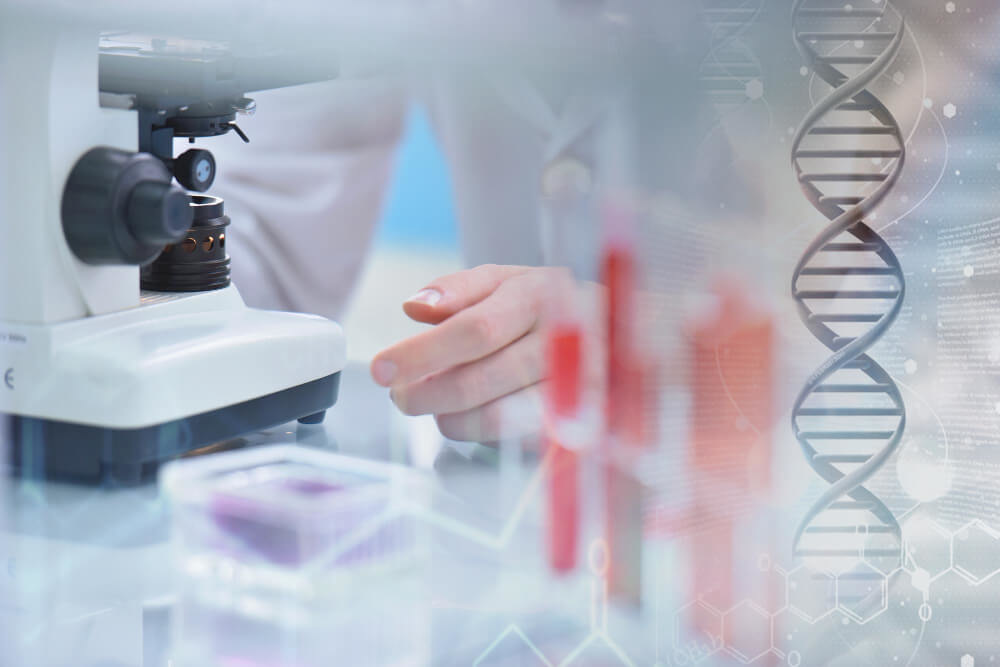
How Can a Clinic Successfully Implement Exosome Therapies?
Integrating a new and advanced modality like exosome therapy into a clinical practice requires more than just clinical skill; it requires a sound business strategy. A successful implementation involves careful planning, investment, and a focus on building a sustainable service line that delivers real value to patients.
The first step is investing in education. The entire clinical team, from the physicians to the support staff, should have a foundational understanding of what exosome therapy is and what it can do. The lead practitioners, of course, must undergo rigorous, hands-on training to become experts in the field.
Next is the investment in the right products and equipment. This means establishing relationships with reputable labs that provide high-quality, well-documented exosome products. It may also involve acquiring new devices, such as microneedling pens or specific injection tools, to administer the treatments effectively.
Developing a clear business model is also critical. This includes pricing the treatments appropriately to reflect the cost of goods, the practitioner’s expertise, and the value delivered. It also involves creating treatment packages and marketing them effectively. While focused on a different modality, the principles of building a business model for a hormone clinic can provide valuable insights into structuring a practice that incorporates regenerative therapies.
Patient education is a cornerstone of a successful implementation. The clinic must be able to clearly and accurately explain the science, benefits, and limitations of exosome therapy to prospective patients. Creating informative materials, hosting seminars, and conducting thorough consultations builds trust and helps manage patient expectations, leading to higher satisfaction and better outcomes.

What Does the Future Hold for Exosome Medicine?
The future of exosome medicine is incredibly bright, with possibilities that sound like science fiction but are rapidly becoming scientific fact. We are currently at the dawn of this new era, and the advancements on the horizon promise to be even more transformative.
One of the most exciting future directions is the development of ‘designer’ exosomes. Scientists are learning how to engineer cells to produce exosomes with a specific cargo. Imagine creating exosomes loaded with a particular anti-cancer drug that only targets tumor cells, or vesicles packed with neuro-regenerative factors to treat spinal cord injuries. This would represent the ultimate in targeted drug delivery, maximizing therapeutic effect while minimizing side effects.
Personalized exosome therapy is another frontier. In the future, it may be possible to harvest a patient’s own cells, stimulate them to produce regenerative exosomes, and then use those personalized vesicles to treat their specific condition. This would eliminate any potential for an immune response and tailor the treatment perfectly to the individual’s biology.
As diagnostic tools, their role will only expand. We can envision a future where routine health screenings include exosome analysis, providing a detailed report on the health of every organ system in the body. This would shift the paradigm of medicine from treating disease to proactively maintaining health.
This incredible future, however, is entirely dependent on the foundation we build today. That foundation is knowledge. The continued progress of exosome medicine relies on dedicated researchers pushing the boundaries of science and skilled clinicians who are properly trained to translate those discoveries into safe and effective patient care.
Exosomes represent a paradigm shift in medicine, offering a natural and powerful way to heal and rejuvenate the body. Their potential is immense, but so is the responsibility of those who wield this new technology. Proper training is the bridge between promise and practice, ensuring that the incredible power of these tiny messengers is harnessed safely, ethically, and effectively for the betterment of patients everywhere.
Frequently Asked Questions

What are the typical prerequisites for enrolling in an IV exosome therapy training course?
Most high-quality IV exosome therapy training programs are designed for licensed medical professionals. This typically includes Medical Doctors (MDs), Doctors of Osteopathic Medicine (DOs), Nurse Practitioners (NPs), Physician Assistants (PAs), and Registered Nurses (RNs). A foundational understanding of human anatomy, physiology, and prior experience with intravenous administration techniques is generally required to ensure participants can grasp the advanced concepts.
These prerequisites are essential for maintaining the highest standards of patient safety and treatment efficacy. The training delves into complex cellular mechanisms and clinical protocols that build upon existing medical knowledge. By ensuring all attendees have a strong medical background, the course can focus on the specific applications of exosome therapy, leading to more competent and confident practitioners.

How does this training prepare me for practical patient consultations and treatment planning?
Comprehensive training goes beyond the science of exosomes to equip you with the skills needed for real-world clinical application. You will learn how to conduct thorough patient assessments, identify ideal candidates for IV exosome therapy, and recognize any contraindications. The curriculum focuses on developing customized treatment protocols based on individual patient needs, covering crucial details like sourcing, dosage calculations, and administration frequency.
Furthermore, a key component of the training is mastering patient communication and managing expectations. You will learn how to clearly explain the therapeutic process, potential outcomes, and realistic timelines to your patients. This ensures you can build trust and provide superior care from the initial consultation through post-treatment follow-up, forming the foundation of a successful regenerative medicine practice.

What are the key regulatory and compliance issues I should be aware of before offering IV exosome therapy?
The regulatory landscape for regenerative medicine, including exosome therapy, is continuously evolving, and proper training will address this directly. A crucial topic is understanding the FDA’s position on exosome products and the importance of sourcing them from cGMP-compliant labs to ensure purity and safety. The training should also cover the ethical guidelines for marketing these services and making claims about their therapeutic benefits.
Beyond federal oversight, practitioners must operate within their state’s specific scope of practice regulations. This varies significantly by location and license type, dictating who can legally administer IV therapies. Reputable training programs dedicate significant time to these legal and compliance issues, providing the necessary knowledge to help you integrate exosome therapy into your practice both safely and legally.
Discover the most comprehensive functional medicine training, longevity training, and biohacking certification programs designed specifically for healthcare professionals, medics, and clinic owners who want to master regenerative medicine protocols and anti-aging therapies.


